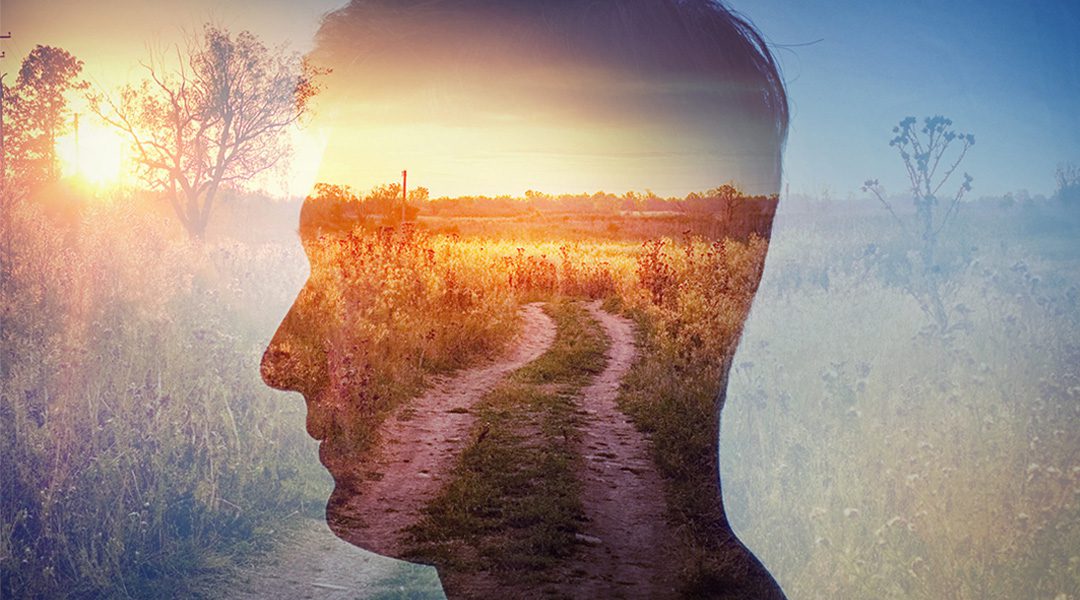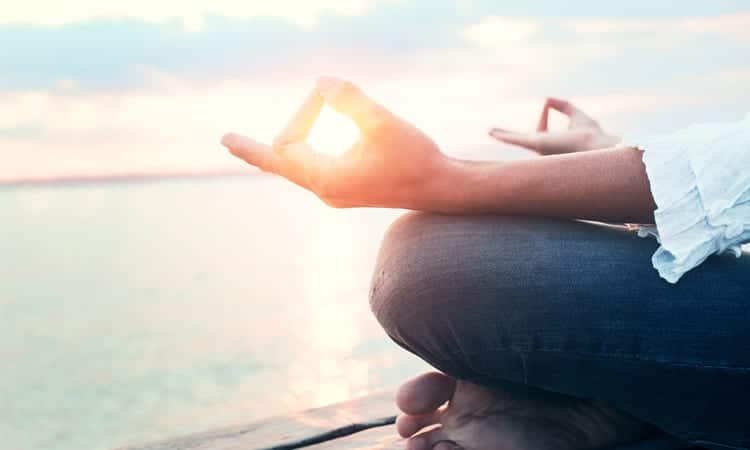Amy Weintraub wants to understand why Yoga works.
For over 20 years, her work has broken ground in the field of mental health—her evidence-based treatments use asana, mudras, mantras, meditations (and more) to alleviate anxiety and depression for a variety of patients. In a recent interview with PsychCentral, she offered a personal look into her own experience with anxiety and how Yoga helped—as well as what an effective mindfulness practice should include.
Q: In your book Yoga Skills for Therapists, you share a bit about your own experience with anxiety-based depression and the role that Yoga played in your recovery. Can you expand a bit on that for us?
I had been meditating for many years, and suffering from an anxiety-based depression. Although when I meditated I felt better, the anxiety was still not something I was able to control without medication.
When I began a physical practice, which included pranayama yogic breathing, I not only recovered, but felt really good for the first time in my life. Meditation was difficult for me because of my rumination and anxiety, but when I did the resting pose at the end of Yoga practice I found that I was in a much calmer state.
Though meditation was challenging in the beginning, it became easier after I used my body and breath to bring myself into a place from which I could meditate.
I became a Yoga teacher because I wanted to deepen my own experience of the miraculous transformative effects of my own Yoga practice. My first training was a month-long immersion at Kripalu Center. I finished the program and was really excited about teaching and sharing what had literally saved my life with others.
The benefits of deep breath are often taken for granted, but what are the benefits? What is the function of breathing deeply and how does it affect our mental health?
Diaphragmatic breathing, or being able to breathe to the bottom of the lungs, has a calming effect on the autonomic nervous system. The breathing practices that we teach in Yoga stimulate the vagus nerve, which then deactivates the sympathetic nervous system so that the parasympathetic system takes over. That’s the calming, cooling, rest and digest side of the nervous system.
Deep breathing practices also create an increase in heart rate variability, which is the balance and the ease in which we go from sympathetic activity to parasympathetic, both of which are needed. If we were only in the parasympathetic, we’d be couch potatoes. If we were only in the sympathetic, we’d be hyper-aroused all the time, anxious, and our responses would be trigger responses that are not necessarily appropriate to the situation.
Mindfulness meditation and mindfulness-based exercises have become extremely popular and the research has supported this growth. When it comes to meditation without an element of breath work, is there something missing?
Yes. The problem with instructing only mindfulness with someone who has a lot of rumination and negative self-talk is that when you’re watching the breath and the negative thoughts arise, unless that patient has already developed the skill of witnessing and not being caught up in her thoughts, she is likely to spiral into a darker place as she sits in meditation.
These yoga tools, things like pranayama and mudra, give the mind a bone. They anchor it with a technique that allows the mind to focus and draws the senses in. These practices are a more effective portal into meditation for someone with a mood disorder than the technique of simply watching the breath.
In the popular press, mindfulness is shown to work so well with depression and anxiety and it does. But mindfulness-based stress reduction (MBSR), the specific modality that is used in many of these studies, is not just mindfulness meditation. It includes yoga, and it includes a body scan.
So in fact, when you hear that mindfulness is effective, you’re not just seeing results of mindfulness meditation, but also body scan and yoga.
This is an excerpt from article originally appeared on PsychCentral, where you can read the full interview.



